Is the MainStage Series Right for my child?
At the center of theater is conflict - and conflict can involve topics that challenge a child. At the Scoundrel & Scamp Theatre, we feel that, at a certain age, children should be included in the dialog surrounding the issues that humanity faces. Not everyone may agree as to what age this inclusion should happen, or even whether it should happen at all. We aren't going to profess to know the "right" answer--after all, you know what's best for your child. What we can do is give you an idea of what is in each of our plays, so that you can make an informed decision as to whether a show is right for your child. (If you still aren't sure, check out Common Sense Media's approach to child development principles.)
The Yellow Wallpaper & The Love Talker
Thematic Content: In The Yellow Wallpaper, a woman is ordered into "rest therapy" as a cure for her depression, not even being allowed to lift a pen to write in her journal. She is isolated and misunderstood, and slowly goes insane. In The Love Talker, one sister tries to fend off the advances of ancient Appalachian spirits who conspire to bring her to her downfall while her younger sister, longing for independence, rebels against the status quo, unconvinced that the spirit world is so terrible.
Scary Stuff: YW: Insanity can be pretty intense. LT: These ancient spirits are creepy. One person dies. Both shows use shadow play to create mystery and a sense of haunting (it is Halloween, after all).
Sexy Stuff: YW: Not much here. LT: The 13-year old sister is seduced by the Love Talker, though the seduction scene is implied, not explicit. There is one on-stage kiss.
Language: YW: Not much here. LT: There is one "son of a bitch."
Why would I want to share this with my child?
There are many themes here to which teens (and perhaps even pre-teens) may relate or have something to say. Feeling isolated, whether by choice or circumstance. Depression and (mis)diagnoses. Sibling rivalry, rebelling against authority, the seduction of doing something you aren't supposed to, giving in to what you desire in the moment vs. what is best for you in the long run. The material is rife for conversation.
Oscar Wilde's Salomé
Thematic Content: In Salomé, a young woman comes of age in society in turmoil. Although set in a far off land, both in time and geography, the characters wrestle with the same questions we have regarding God (or gods), life, beauty, gender and power dynamics.
Scary Stuff: There are three deaths, one suicide, one beheading (off-stage, though the head makes its way on stage), and one implied killing on stage (Salomé is surrounded by soldiers in the last moment of the play).
Sexy Stuff: While there are no overtly sexual or sexually explicit moments, throughout the play, the play is full of desire and people (mostly men) gazing at each other (mostly women). In particular, Herod, Salomé's stepfather, looks languorously at her and requests that she dance for him. Salomé finally acquiesces to dance for her stepfather, though our version is less sexy and more of a taking up the mantle of power. One male character is bare chested.
Language: The language is poetic, full of symbolism and imagery. Bad words? Not so much. Misogyny? Yes. Satire? Definitely. We aim to handle sensitive subjects in this play tastefully, exposing characters' shortcomings.
Symbol & Stereotype: Oscar Wilde goes over the top with symbol in this play, unafraid of stereotyping cultures perceived by Victorian England to be present in this Biblical tale. We have worked hard to handle this subject matter with meaning and respect, while also staying true to the script and the political upheaval that serves as the back drop for this story.
Why would I want to share this with my child? For youth (or anyone) exploring boundaries, power, gender/geographical/religious politics, and/or awakening to their own sexuality, there is a lot here to unpack.
Mr. Burns: A Post-Electric Play
Thematic Content: In Mr. Burns, characters struggle to make sense of an unnamed apocalyptic disaster. They comfort themselves at first by telling the stories of The Simpsons, a show they will never be able to see again due to the collapse of society. As the play continues what was pop art evolves to become high art as oral tradition reshapes and claims The Simpsons as a medium for understanding what has happened to to society.
Scary Stuff: This is a dangerous post-apolcalytic world. There is the threat of violence throughout, some gunfire, a character gets shot, and multiple stylized murders in a 'play within a play'.
Sexy Stuff: Sexy outfits.
Language: Yes. There are a few curse words - F-bombs, thought not frequent.
Why would I want to share this with my child? For youth exploring "what is truth" and the power of narrative, Mr. Burns presents interesting terrain for conversation. It also could serve as a conversation starter for those who feel like the world is on the brink of disaster.
.



